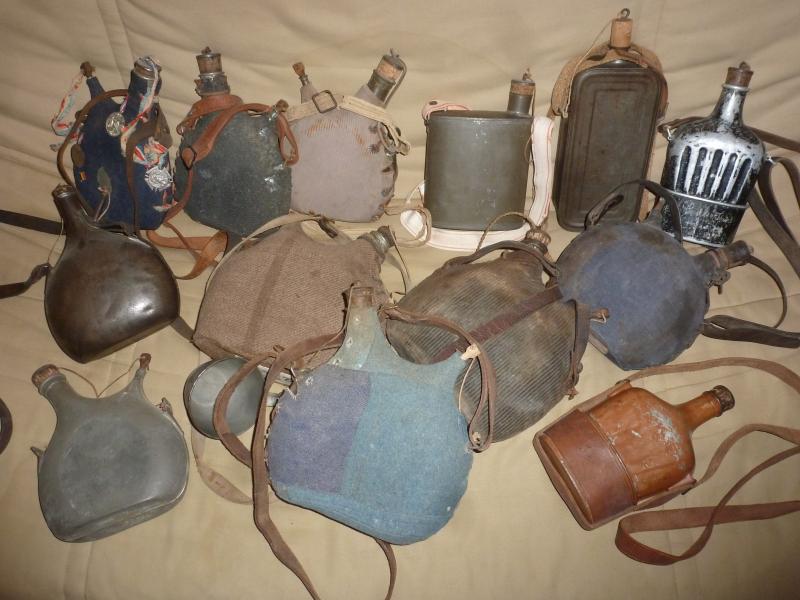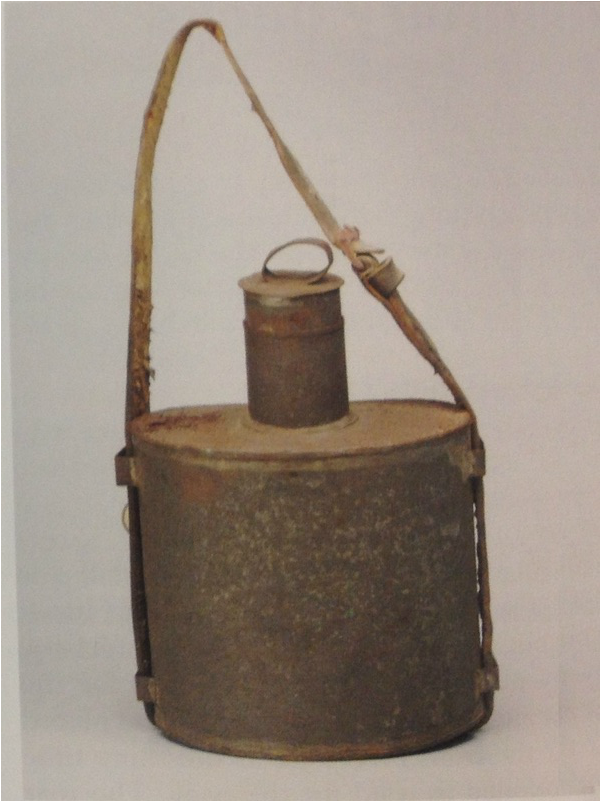Heute möchte ich ein Thema ansprechen, über das ich gerne mehr erfahren möchte. Viele Aspekte der Ausrüstung napoleonischer Soldaten werden in der Fachliteratur nur sehr stiefmütterlich behandelt. Ein solcher Gegenstand ist die Feldflasche. In England wurde ein hölzernes Exemplar schon Ende des 18. Jahrhundert eingeführt. Wahrscheinlich hatte man durch die zahlreichen Kolonialkriege die Notwendigkeit erkannt, wie wichtig ein Trinkwasservorrat für den Einsatzfähigkeit Mannschaften war.
Wie sah es damit in der französischen Armee aus? Ich habe einmal gelesen, dass jeder 10 Mann eine Metallflasche mit Essig bei sich trug, um das Wasser trinkbarer zu machen. Kann mir jemand dazu nähre Hinweise geben?
Wie sah es damit in der französischen Armee aus? Ich habe einmal gelesen, dass jeder 10 Mann eine Metallflasche mit Essig bei sich trug, um das Wasser trinkbarer zu machen. Kann mir jemand dazu nähre Hinweise geben?



Kommentar